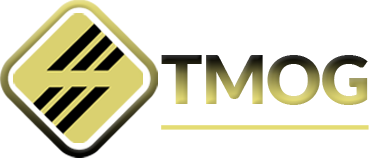The purpose of the kick-off meeting is basically to gain alignment with your team on the vision of the project, who is involved and what the road-map is for how the project will be accomplished.
Having a good project kick-off meeting satisfies the following needs:
- Rolling out the vision of the project…what is the project supposed to accomplish and why is it important. Making sure that team members understand the “why” is critical to long-term success of the project.
- Introducing the Team Members…noting their relevant background and why they are here. Even if the team members have known each other for a while it is always a good idea to introduce themselves and what skill set they bring to this particular project. This will go long ways in clarifying roles and responsibilities for team members. You may also want to incorporate a team building exercise to allow individuals to get to know each other.
- Creating ground rules for communications. This is especially important for remote teams. Many teams find it helpful to use an email messaging system to help manage communications and information. Along with the communications, you also need to clarify how decisions will be made. Basically, will decisions be made by committee, consensus, voting or after discussion, the Project Leader has the final vote? This needs to be clarified up-front with the Team.
- Rolling out a road-map for how the work will be done along with due dates and noting who is responsible. While the details of the road-map may change throughout the project, it is better to have a starting point for the team, to begin with so that the work can start.
Regarding the logistics of the meeting, most of my teams have more success when they send out a calendar invite with an agenda attached. Sending out the calendar invite automatically populates their calendar and you can note when and where the meeting will be. Furthermore, you can set up reminder notes for the participants. The Project Leader can also keep a tally of who is planning to attend. If you are working with a remote team, you will also want to set up a conference call bridge so that folks can call in. It would be helpful if you can share your screen on the call so that you can share with the team your notes on PowerPoint deck or word document. While it takes a little bit more work, it does set the stage that you are prepared and have a game plan that you are committed to executing. It also helps the participants to stay engaged during the call.
In today’s world, most individuals should know the “rules” of teleconferences. But you may have to remind them of some basic rules such as placing their speaker on mute so that background noise does not interfere with the call quality, not placing their on hold especially if music plays in the background, introducing themselves at the beginning of the call to let people know they are on the call, stating their name before speaking so that others can quickly note who is talking, calling in a few minutes early and so forth.

Recent Comments